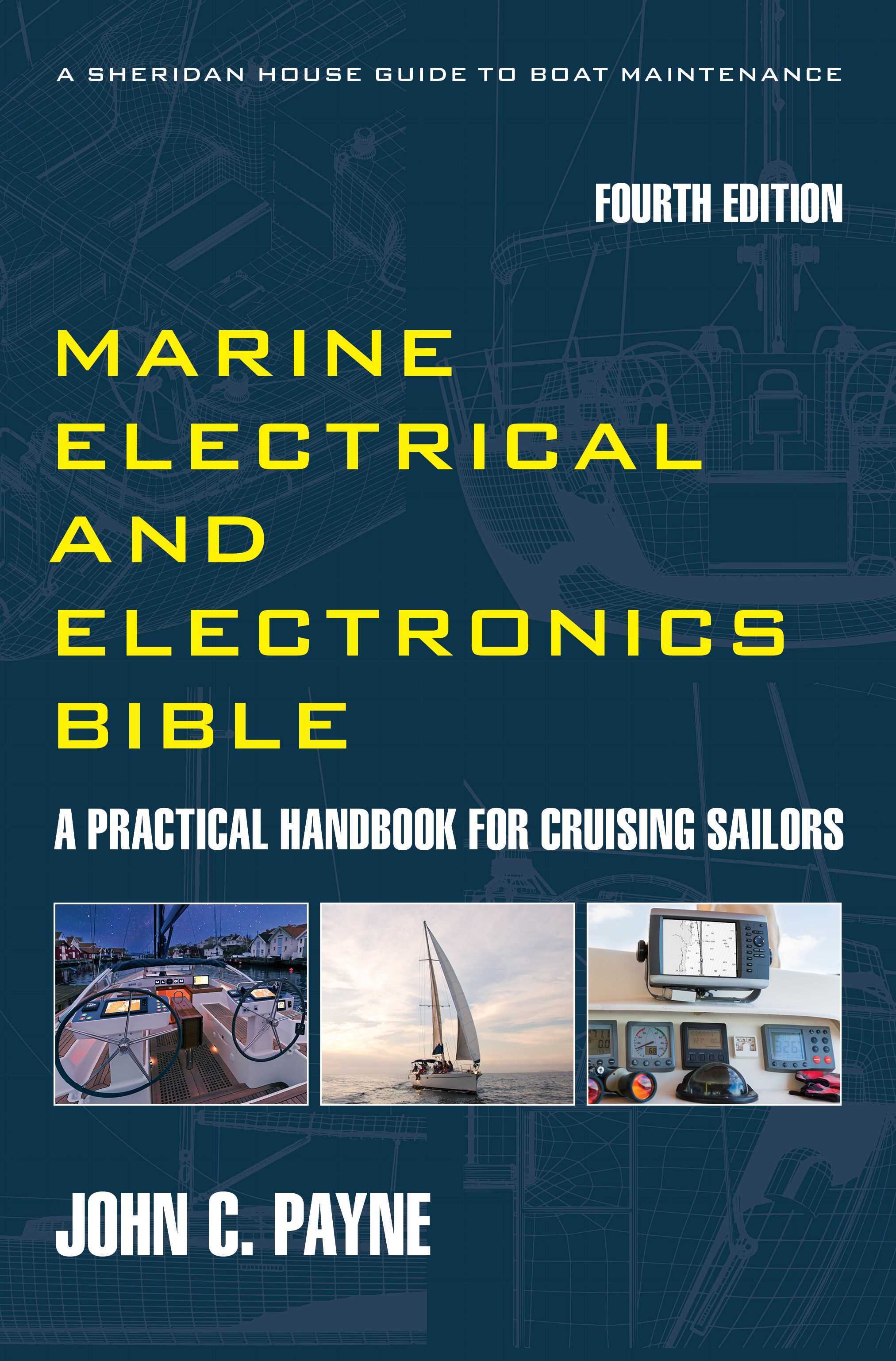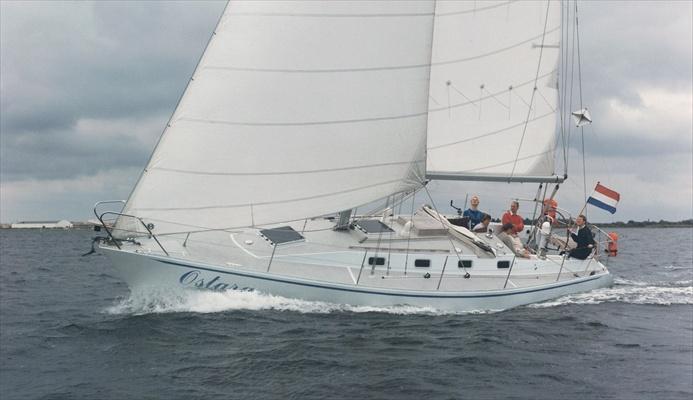Liveaboard boat for sale - The fixer upper
So you have found a liveaboard boat for sale. Some boats are really cheap for a reason, and they are essentially a hull with mostly dysfunctional or tired and worn out systems. These often include storm and hurricane damaged boats with underlying and hidden structural issues. You really need to find a high quality and highly recommended surveyor before purchasing.
It is very difficult to live aboard a boat undergoing major work. The smaller the boat becomes the harder that is. On some marina’s you can’t do substantial work on a boat and some choose to live aboard when in a yard or hardstand area. Marina facilities are useful when doing this, but it is good to have some essential systems working, which include the basic galley and water system as a start. The key to this refurbishment route is much like eating the elephant, do it in bitesize portions at a time. Choose or prioritize the system most important to living aboard and more about that later. This is usually potable water systems, including bilge pumps and the galley which also means refrigeration. I coped for a long time with a portable 12 volt frig. Ensure the main cabin is habitable and you can sleep on board as this saves much accomodation costs. Ensure the basic lighting system is functional. Essential to this is maintaining a very clean and organized boat at all times, if you live in a mess you never feel like you are winning.
Liveaboard boat for sale - The unfinished project
route
I have been down that route and it’s a hard one to follow. I am fortunate to have the professional skill sets to build and fit-out a boat, but most do not. It is easy to under-estimate the amount of work and the costs to bring a boat up to standard and even I am guilty of that. In many cases you start with a hull partially complete or complete but rusting away in a yard. You do not know what imperfections or defects are there and also the standard of the work, such as substandard seam welding and so on. When buying an abandoned project get someone in to survey the hull, and any other parts such as engines. Engines are often second hand or if new poorly stored, and out of warranty and so on. That bargain might not be as good as it looks. Inventory all the parts, and condition. Caveat emptor or Buyer Beware! Invest in the latest edition of my book The Marine Electrical and Electronics Bible.
Liveaboard boat for sale - the DIY build a new boat
route
I have been involved in many of these projects and installed the electrical systems. The majority of these boatbuilders are learning as they go along and often trying to build the perfect boat. These projects often take several years and the vast majority never get completed as people run out of money, destroy relationships and simply lose sight of the goal, which is to go cruising and liveaboard. Many who embark on this route have little to know previous technical or boat or cruising experience and some of the decision making is fundamentally flawed. There are many project graveyards around with unfinished dreams rotting away along with those in back yards.
Liveaboard boat for sale – Cruise or boat build?
My view is to ask yourself a simple question, do you want to be a boatbuilder or do you want to go cruising? Besides having to find a suitable place to build a boat or finish one, with rental and marina costs and utilities being substantial, then there is the question of finding the hours to devote to the project while holding down employment, then the work and rework due to inexperience. I have done many years in commercial shipyards around the world, and rework has a financial cost factor of times 6. Many projects have constant changes as the owner changes ideas or plans, and most have no basic project management experience. If you are planning to build then it takes serious assessment before starting. Understand project management principles before you start as it can make a significant impact on your cost, schedule and progress.
Liveaboard boat for sale – Building Options
Many home build DIY projects are done in steel or aluminium as it is more economical than attempting a FRP/GRP or a wooden or composite hull. Many years ago I was interested in a Van de Stadt Caribbean design, which is still available. The Dutch design company markets a large range of boats, with the popular 34 foot, the Caribbean 40 and the Samoa 47 are amongst the most popular, and all are blue water proven and great liveaboard boats. For construction speed you can choose the multi-chine design and have the plates plasma cut by a company, there are ready cut plate kits available. The hull is assembled in a cradle and some have been assembled and welded within a few weeks. To speed up a build, get a professional welding company to assemble and weld out the hull, and likewise the hull blast and coatings. If you then decide to do the interior yourself you are ahead of the game. The choice is then to spend years trying to do perfect timber joinery or use marine ply and painted surfaces and timber trims. I did this on a steel hull rebuild and I was sailing literally years before any of the others in the yard got afloat. Perfection costs time and money. Make a construction plan and stick to it. Make an equipment list and stick to it. Some of the home build companies include Bruce Roberts, Hartley, Wharram, Van de Stadt, Dudley Dix and the late Joe Adams had many successful designs for cruising boats with good sailing performance. So if you are looking for a liveaboard boat for sale look at all the factors and then enjoy cruising.

